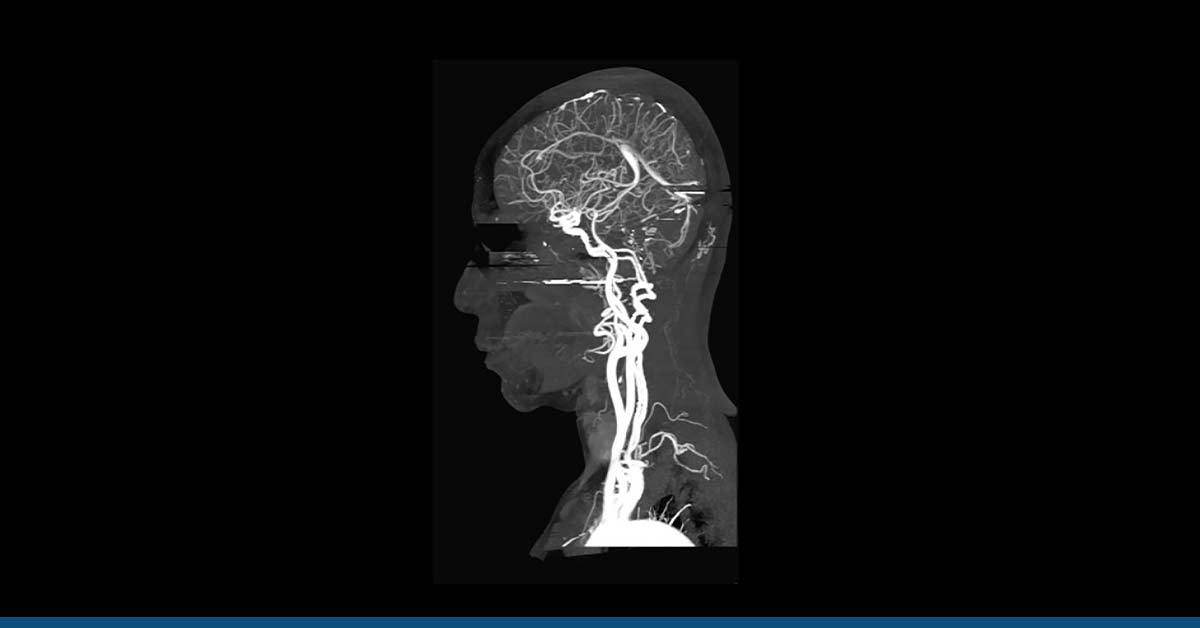Buerger’s disease is a rare and serious condition that affects the arteries and veins in the arms and legs. Also known as thromboangiitis obliterans, this disease primarily affects young male smokers but can also occur in females and non-smokers.
This article will discuss the symptoms, treatment, and life expectancy associated with Buerger’s disease.
Buerger’s disease was first described by a physician named Leo Buerger in 1908. He observed that many of his male patients who smoked heavily were experiencing pain and discomfort in their extremities.
Through his research, Buerger discovered that smoking was the primary cause of the disease and was characterized by inflammation and clotting of the blood vessels.
Despite the well-known link between smoking and Buerger’s disease, the condition remains prevalent in many parts of the world. Up to 45% of patients with the disease are estimated to live in India.
The disease is also more common in Asian, Middle Eastern, and Eastern European countries.
Table of Contents
ToggleBuerger’s Disease Symptoms
Buerger’s disease symptoms are:
Pain in the extremities: One of the most common symptoms of Buerger’s disease is a pain in the arms and legs, particularly during physical activity. This pain may worsen and become more severe, even at rest. The pain is caused by reduced blood flow to the affected limbs, which can lead to tissue damage and other complications.
Skin discoloration: Another symptom of Buerger’s disease is skin discoloration in the affected limbs. The skin may appear pale or bluish and feel cool to the touch. This discoloration is caused by reduced blood flow and can indicate serious vascular problems.
Ulcers and gangrene: In advanced cases of Buerger’s disease, patients may develop ulcers or gangrene in the affected limbs. Ulcers are open sores that do not heal, while gangrene is tissue death due to a lack of blood flow. These complications can be life-threatening and may require amputation of the affected limb.
Weakness or numbness: Patients with Buerger’s disease may also experience weakness or numbness in the affected limbs. This is caused by reduced blood flow to the nerves in the limbs, which can result in nerve damage.
Buerger’s Disease Causes
The exact cause of the disease is not fully understood; research has shown that smoking is the primary risk factor for Buerger’s disease.
Smoking: The most significant risk factor for Buerger’s disease is smoking. Cigarette smoke contains harmful chemicals that can damage the lining of the blood vessels, leading to inflammation and clotting.
This can result in reduced blood flow to the limbs, which can cause tissue damage, pain, and other complications.
Genetics: While smoking is the primary cause of Buerger’s disease, genetics may also play a role in its development. Some studies have suggested that certain genes may increase the risk of developing the disease, although more research is needed to understand this relationship fully.
Immune system dysfunction: Buerger’s disease is characterized by inflammation and damage to the blood vessels, which suggests that the immune system may play a role in its development. It is believed that dysfunction in the immune system may contribute to the inflammation and damage to the blood vessels that occur in Buerger’s disease.
Environmental factors: Other environmental factors, such as exposure to certain chemicals or infections, may also contribute to the development of Buerger’s disease. However, more research is needed to understand the relationship between these factors and the disease fully.
Buerger’s Disease diagnosis
Diagnosing Buerger’s disease can be challenging, as no definitive test exists. Instead, doctors must rely on physical examinations and diagnostic tests to diagnose accurately.
Physical examination: The first step in diagnosing Buerger’s disease is a physical examination. The doctor will ask the patient about their medical history and symptoms and perform a thorough physical examination to check for signs of the disease.
This may include examining the limbs for signs of reduced blood flow, such as coldness, numbness, or discoloration.
Doppler ultrasound: A Doppler ultrasound is a non-invasive test that uses sound waves to create images of the blood vessels. This test can help doctors evaluate blood flow and identify any blockages or narrowing of the blood vessels in the affected limbs. Doppler ultrasound is a useful tool for diagnosing Buerger’s disease, as it can help identify the location and severity of the disease.
Angiography: Angiography is a more invasive test that involves injecting a dye into the blood vessels and taking X-ray images of the affected area. This test can help doctors identify any blockages or narrowing of the blood vessels and determine the extent of the disease. Angiography is typically only used in cases where other diagnostic tests have been inconclusive.
Blood tests: Blood tests may be performed to check for inflammation, clotting factors, or other abnormalities associated with Buerger’s disease. However, blood tests alone cannot diagnose the disease and are typically used with other diagnostic tests.
Buerger’s Disease Treatment
Buerger’s disease treatment involves the following:
Quitting smoking: Smoking is the leading cause of Buerger’s disease, and quitting smoking is the most important step in preventing further damage to the blood vessels. Patients who continue to smoke are unlikely to respond to other treatments and may experience a more rapid disease progression.
Medications: Medications can help manage the symptoms of Buerger’s disease, such as pain, inflammation, and clotting. Examples of medications that may be prescribed include anti-inflammatory drugs, blood thinners, and medications to improve blood flow.
Endovascular therapy involves minimally invasive procedures to improve blood flow to the affected limbs. This may include angioplasty, which involves inserting a small balloon into the narrowed blood vessel and inflating it to widen the vessel, or stenting, which involves placing a small metal mesh tube inside the blood vessel to keep it open.
Surgery: In some cases, surgery may be necessary to remove damaged tissue or bypass blocked blood vessels. Surgery may also be used to remove blood clots or to improve blood flow to the affected limb.
Lifestyle modifications: Patients with Buerger’s disease may benefit from lifestyle modifications, such as maintaining a healthy diet, exercising regularly, and controlling other risk factors such as hypertension or diabetes.
Buerger’s Disease Prognosis
Buerger’s disease is a chronic condition that can cause significant damage to the blood vessels in the limbs and lead to a range of serious complications. In this article, we will discuss the prognosis of Buerger’s disease, including recovery and recurrence rates, risk factors for progression, and life expectancy.
Recovery and recurrence rates: The recovery rate for Buerger’s disease varies widely depending on the severity of the disease and the extent of damage to the blood vessels. In some cases, the disease may be reversible if the patient stops smoking and undergoes appropriate treatment. However, the disease may progress despite treatment in other cases, leading to irreversible damage to the affected limbs. The recurrence rate for Buerger’s disease is also high, with up to 50% of patients experiencing a recurrence of symptoms within 2-3 years of treatment.
Risk factors for progression: Several factors can increase the risk of progression of Buerger’s disease, including continued smoking, uncontrolled hypertension, and other underlying health conditions such as diabetes or hyperlipidemia. Patients with more severe forms of the disease or who have already experienced limb ischemia are also at a higher risk of progression.
Life expectancy: Buerger’s disease life expectancy is significantly impacted, particularly in patients with severe forms of the disease. The risk of limb loss and other serious complications can be significant, and patients with advanced disease may have a reduced life expectancy. However, with appropriate treatment and lifestyle modifications, many patients with Buerger’s disease can lead long and healthy lives.
Conclusion
In conclusion, Buerger’s disease is a serious and chronic condition that can cause significant damage to the blood vessels in the limbs.
It is most commonly associated with smoking, and quitting is the most important step in preventing further damage to the blood vessels.
If you or someone you know is experiencing symptoms of Buerger’s disease, it is important to seek medical attention immediately.
HG Analytics offers diagnostic test services that can help with early detection and accurate diagnosis of Buerger’s disease.





